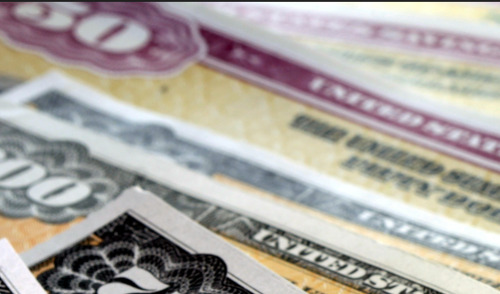November 1st is when the I-bond’s rate is expected to drop from the 9.62% rate that was established in May.
Treasury savings bonds issued by the Federal Government are considered some of the safest investments because they are backed by the full faith and credit of the US government. There are a couple types of US savings bonds, including the EE series and the I series. The latter are known as I-bonds, and the rate at which they earn interest is changed every 6 months with the next issuance of a new yield occurring on November 1st. This means US citizens and businesses only have until the end of October to lock-in the very appealing rate of 9.62% that was released last May. The new rate to be released is expected to be around 6%.
How I-Bonds Work
Attend a No-Cost webinar for Federal Employees about Financial Planning
I-Bonds have to be purchased electronically at treasurydirect.gov and cannot be bought with retirement money (i.e., in an IRA). There is a yearly limit of $10,000 per person. If you own a legit business, whether it be a proprietorship, partnership, LLC, or S corporation, you can also purchase I-bonds with your business by opening a separate business account at treasurydirect.gov using the entity’s tax identification number. You can even purchase an additional $10,000 for Living Trusts and any children you may have. So, if you and your spouse were to each purchase $10,000 individually and you each happen to own your own business that could each buy $10,000 more, then you could also buy another $10,000 under a living trust and then $10,000 more each kid… let’s say you have two dependent children. In this hypothetical situation, your annual maximum could actually be closer to $70,000 to purchase I-bonds.
And for those who miss the good old paper I-bonds, there is a little-known way to still purchase them, but it would not be possible to do so before the November 1st rate change. If you file an IRS form 8888 with your tax return, you can purchase paper I-bonds, up to $5000 annually. However, this has to be filed between January 1st and the tax-filing deadline in April.
--
Until Next Time,

The information has been obtained from sources considered reliable but we do not guarantee that the foregoing material is accurate or complete. Any opinions are those of Serving Those Who Serve writers and not necessarily those of RJFS or Raymond James. Any information is not a complete summary or statement of all available data necessary for making an investment decision and does not constitute a recommendation. Investing involves risk and you may incur a profit or loss regardless of strategy suggested. Every investor’s situation is unique and you should consider your investment goals, risk tolerance, and time horizon before making any investment or financial decision. Prior to making an investment decision, please consult with your financial advisor about your individual situation. While we are familiar with the tax provisions of the issues presented herein, as Financial Advisors of RJFS, we are not qualified to render advice on tax or legal matters. You should discuss tax or legal matters with the appropriate professional. **
